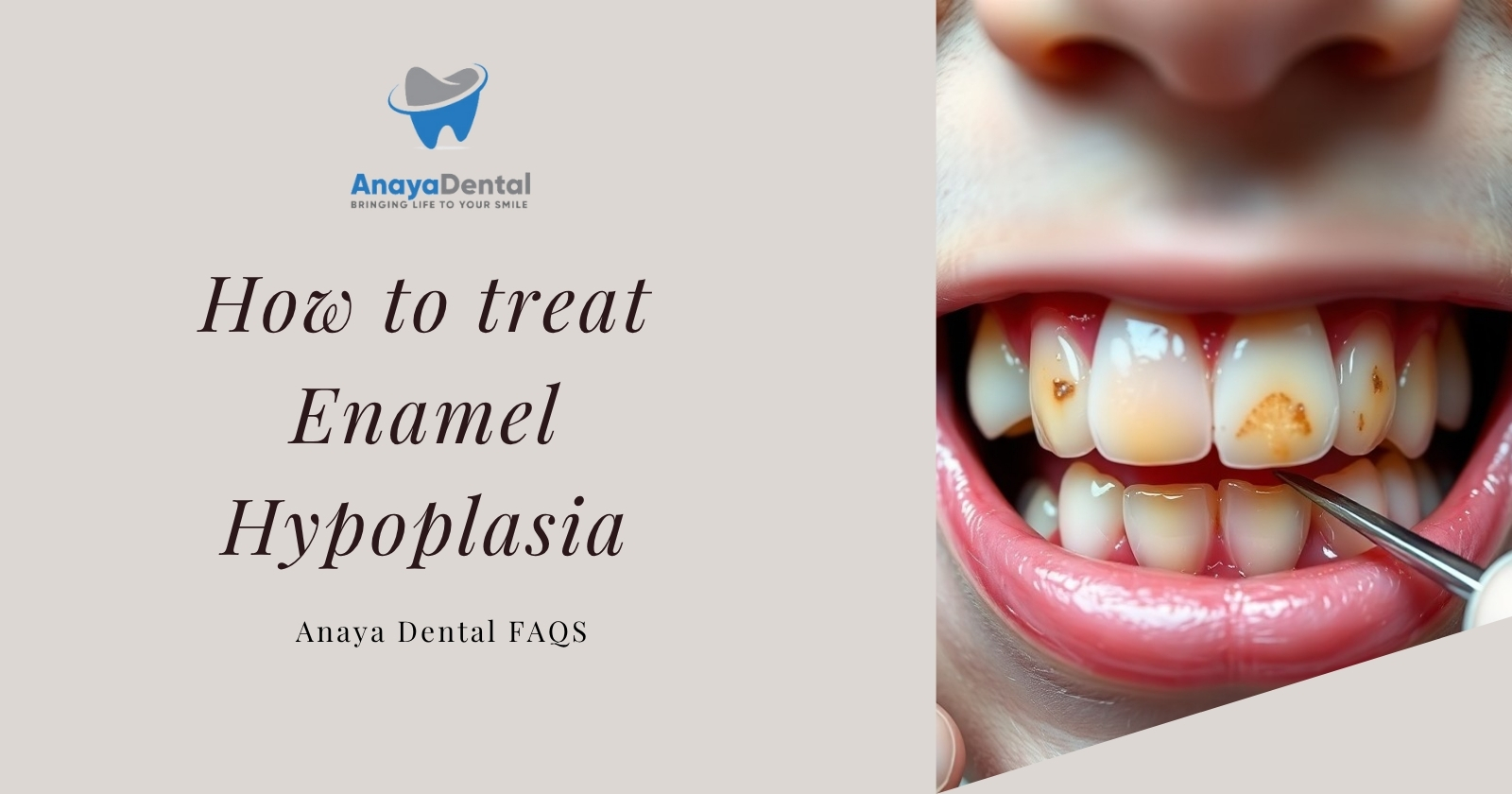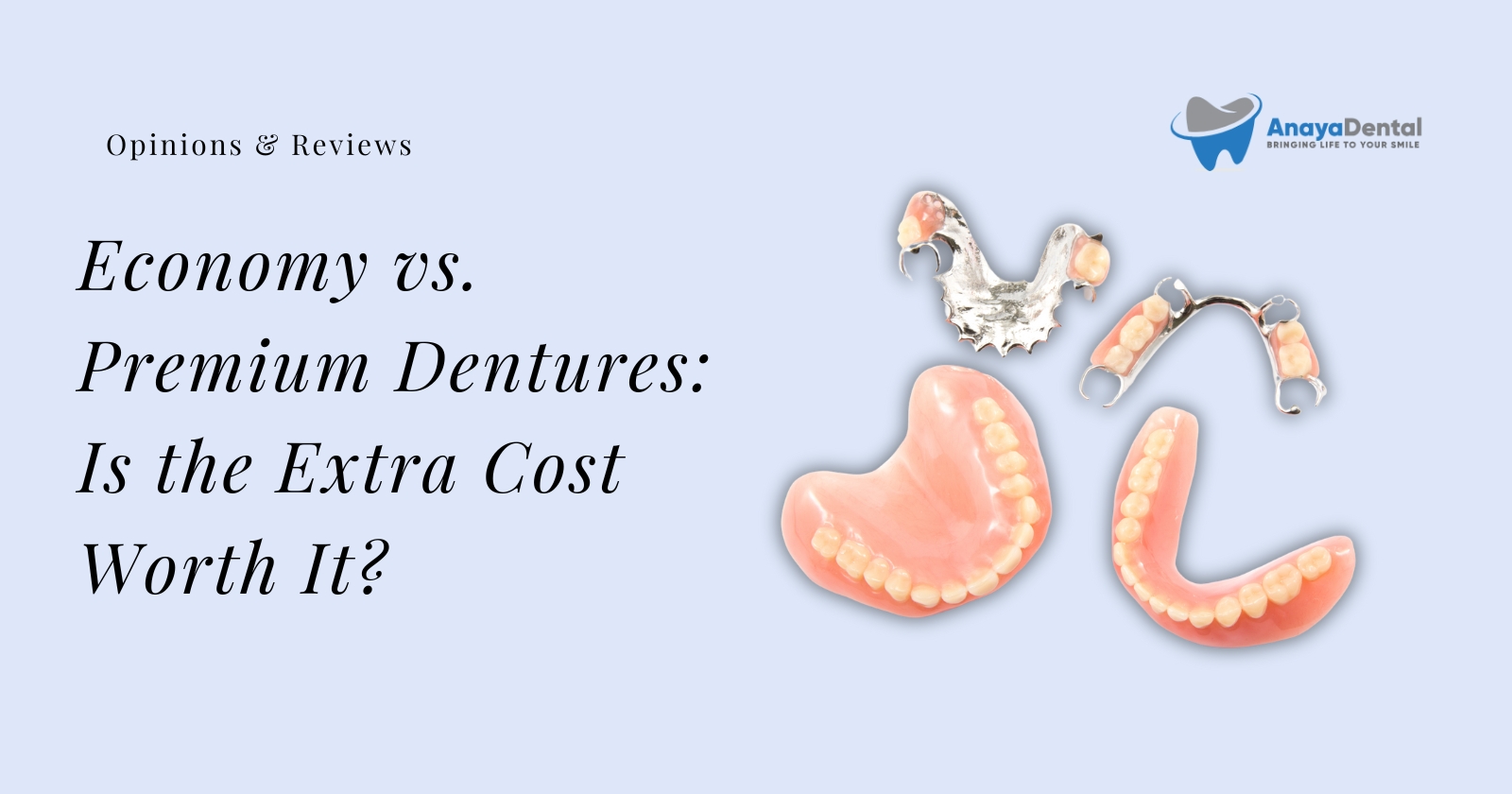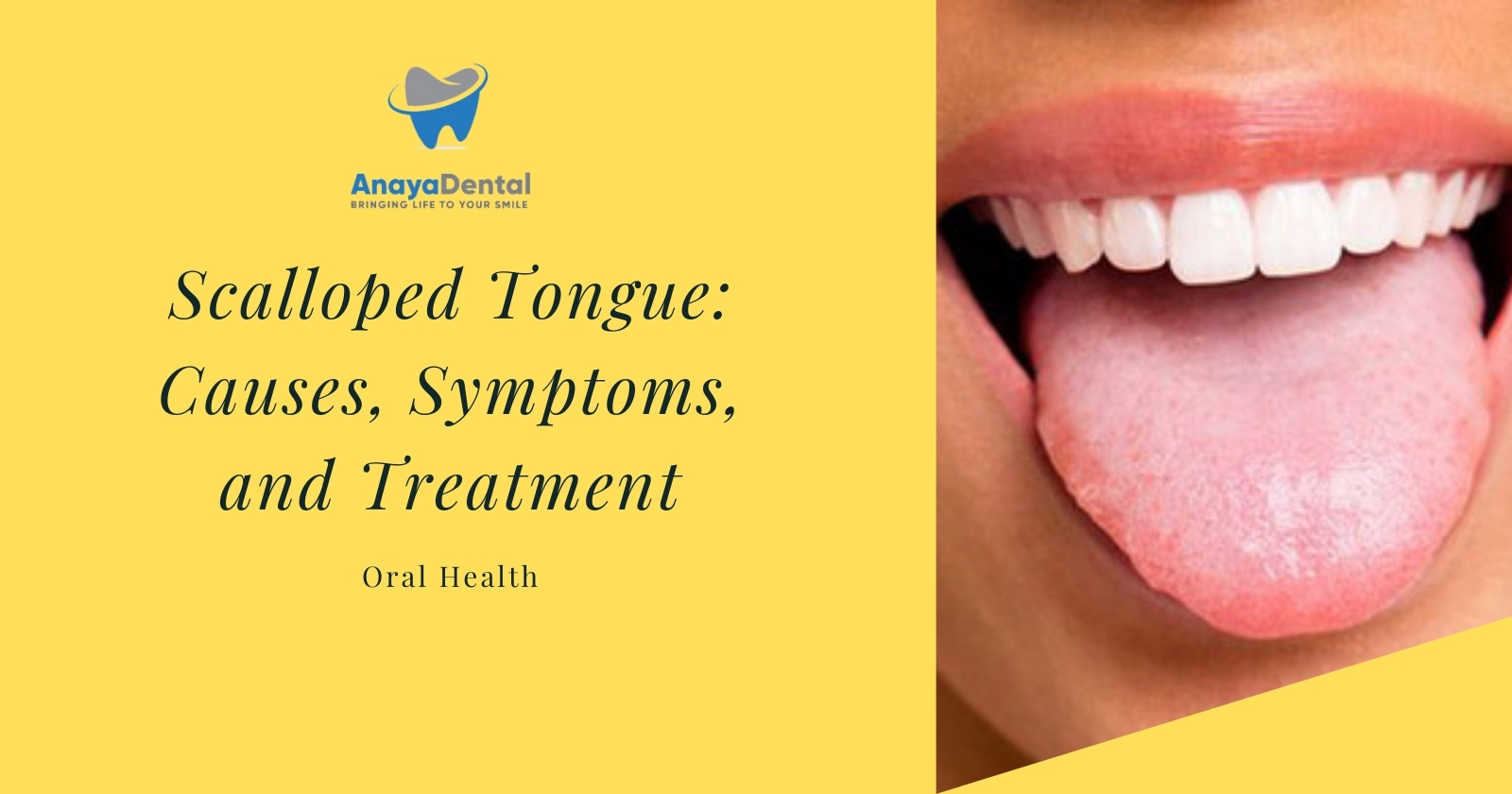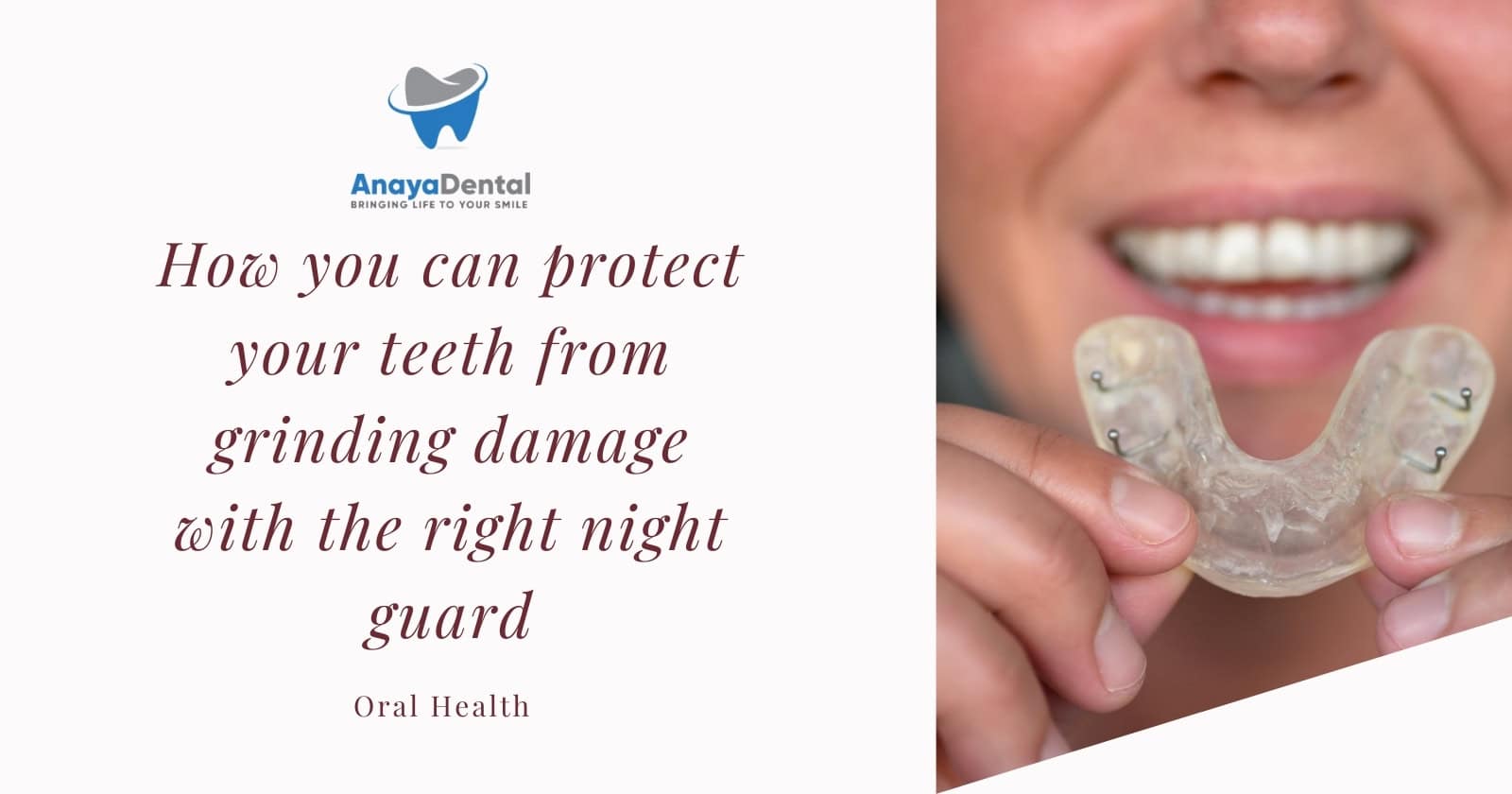Last week, my dental hygienist asked about the sudden improvement in my gum health. When I mentioned I’d been practicing yoga regularly for the past few months, she nodded knowingly. “I’ve seen this connection with other patients too,” she said. “Your stress levels affect your mouth more than most people realize.”
Like many, you might think yoga only benefits flexibility and mental clarity. But this ancient practice offers surprising advantages for your dental health too. Research shows regular yoga sessions can significantly improve your oral health through multiple pathways—from reducing teeth grinding to increasing protective saliva production.
1. Stress Reduction Prevents Teeth Grinding and Clenching
Do you ever wake up with a sore jaw or sensitive teeth? You might be grinding your teeth at night without realizing it.
Try Our Dental Calculators
High stress levels often manifest physically as teeth grinding (bruxism) and jaw clenching, especially during sleep. These unconscious habits can lead to serious dental problems over time, including:
- Worn-down tooth enamel
- Increased tooth sensitivity
- Gum recession
- Potential nerve damage
- Loose teeth
- Jaw impairment
Yoga combines gentle movement with controlled breathing exercises, creating a powerful calming effect that reduces overall stress levels. By lowering your stress through regular practice, you’re less likely to grind your teeth unconsciously, protecting them from unnecessary wear and damage.
2. Better Stress Management Improves Oral Care Routines
When was the last time you skipped flossing because you were too stressed or tired?
People experiencing high stress levels often neglect their oral hygiene routines. When you’re overwhelmed, proper brushing and flossing can fall to the bottom of your priority list. By practicing yoga regularly, your stress levels decrease, making it more likely you’ll maintain consistent oral care habits.
This indirect benefit means yoga practitioners often enjoy better overall dental health simply because they’re more attentive to their daily oral care when feeling balanced and less stressed.
3. Enhanced Saliva Production Fights Bacteria
Your mouth relies on saliva as its first line of defense against harmful bacteria.
Saliva plays a crucial role in maintaining oral health by:
- Washing away bacteria and food particles
- Containing antibacterial enzymes that break down food
- Facilitating swallowing
- Neutralizing acids that can damage tooth enamel
When salivary glands reduce production, bacteria multiply rapidly, leading to morning breath, plaque buildup, tooth decay, and gum disease. Various yoga poses, particularly forward bends, twists, and inverted poses, are known to stimulate salivary glands, increasing saliva production and providing better natural protection for your teeth and gums.
4. Specific Yoga Techniques Stimulate Salivary Glands
If you suffer from dry mouth (xerostomia), certain yoga practices might offer relief.
Some yoga techniques specifically target salivary gland activation. For example, the Khechari mudra is an exercise that helps activate salivary glands by drawing the tip of the tongue along the roof of the mouth toward the back of the nostrils to the upper throat while holding the pose with eyes and mouth closed.
According to a study published in the Journal of Clinical and Diagnostic Research, such targeted practices can be particularly beneficial for individuals suffering from dry mouth conditions, providing relief and protecting dental health simultaneously.
5. Improved Posture Enhances Dental Alignment
Have you ever considered how your slouching might affect your teeth?
Poor posture affects more than just your spine and neck—it significantly impacts dental health. When you slouch or hunch, your lower jaw shifts forward, causing your upper and lower teeth to come out of alignment. The skull also moves back and compresses the spine, putting stress on surrounding muscles, joints, and bones.
Over time, this misalignment can create pain and inflammation in the muscles and joints involved in opening and closing your mouth. Regular yoga practice improves overall posture, which helps maintain proper jaw alignment and can prevent or alleviate these issues.
6. Yoga Helps Prevent Temporomandibular Joint Disorder
Those clicking sounds when you open your mouth widely might be warning signs.
Bad posture can lead to jaw issues like temporomandibular joint disorder (TMD), which involves problems with how the upper and lower jaw work together. TMD symptoms include:
- Chronic headaches
- Pain or clicking sounds when opening the jaw
- Tenderness in the jaw and face
- Limited jaw movement
By strengthening core muscles and improving body awareness, yoga promotes a balanced bite and reduces strain on teeth and jaw joints. Research published in the International Journal of Dental Research indicates that yoga can be an effective complementary therapy for individuals with TMD, reducing symptoms and improving quality of life.
7. Reduced Inflammation Promotes Healthier Gums
Red, swollen gums are often a sign of inflammation that yoga might help address.
Chronic stress causes the body to release the hormone cortisol. When periodontal tissues are constantly exposed to cortisol, it can lead to chronic gum inflammation and gingivitis. Restorative yoga poses help reduce cortisol levels in the body, which subsequently lowers inflammation in the gums.
This anti-inflammatory effect can be particularly beneficial for individuals prone to gum disease or those with existing periodontal issues. By reducing overall inflammation, yoga may help prevent more serious conditions like periodontitis, which can lead to tooth loss if left untreated.
| Yoga Pose | Benefit for Gum Health |
|---|---|
| Child’s Pose | Reduces overall stress and cortisol levels |
| Corpse Pose | Promotes deep relaxation and reduces inflammation |
| Seated Forward Bend | Increases blood flow to the head and facial region |
| Bridge Pose | Improves circulation to upper body and mouth |
8. Enhanced Blood Circulation Nourishes Oral Tissues
Your gums need good blood flow to stay healthy and fight infection.
Yoga promotes better blood circulation throughout the body, including the small blood vessels that supply the gums and oral tissues. Enhanced blood flow helps nourish gum tissue and aids in healing processes. Certain poses specifically increase blood circulation to the facial and jaw area, bringing oxygen and nutrients to these tissues while removing waste products more efficiently.
Improved circulation through regular yoga practice can help support healing in oral tissues after dental procedures or injuries. Better blood flow means faster recovery and reduced risk of complications—particularly valuable for individuals recovering from dental surgeries or dealing with gum issues that require tissue regeneration.
9. Improved Breathing Techniques Prevent Dry Mouth
Mouth breathing can lead to a host of dental problems that proper yoga breathing helps prevent.
Proper breathing techniques are fundamental to yoga practice. These techniques can help prevent the mouth and throat from drying out, creating an environment less favorable to bacterial growth. By learning to breathe properly through yoga, practitioners can maintain better moisture levels in the oral cavity, which is essential for good dental health.
Additionally, yoga breathing exercises can help curb cigarette cravings, which has significant benefits for dental health. Smoking is associated with numerous oral health problems, including gum disease, tooth discoloration, and increased risk of oral cancer. Specific pranayama exercises like nadishodhan and anulom vilom (alternate nostril breathing) are useful for breaking the habit of smoking, indirectly contributing to better dental health.
10. Mindfulness Cultivates Better Oral Care Habits
The awareness you develop on the yoga mat extends to how you care for your teeth.
The mindfulness cultivated through yoga practice extends to greater awareness of daily habits, including oral hygiene routines. This heightened awareness can lead to more thorough brushing and flossing, as well as better attention to changes in the mouth that might indicate problems.
Practitioners often become more conscious of the foods they consume and their effects on dental health, making choices that support rather than harm their teeth and gums. The discipline developed through regular yoga practice often translates to other areas of self-care, including dental hygiene. The habit-forming nature of yoga helps practitioners establish and maintain consistent health routines, including regular brushing, flossing, and dental check-ups.
Specific Yoga Poses for Dental Health
Want to try specific poses that benefit your teeth and gums? Here are some to start with:
Lion’s Breath (Simhasana)

This pose involves opening the mouth wide and sticking out the tongue while exhaling forcefully. Regular practice of Lion’s Breath relieves tension in the jaw and face muscles while stimulating salivary glands. Try incorporating this pose into your daily routine to reduce tension-related dental issues and promote better saliva production.
Fish Pose (Matsyasana)

The Fish Pose opens the throat and chest, allowing for deeper breathing and enhancing oxygen flow to oral tissues. This improved oxygen supply helps fight bacteria and maintain healthy gum tissue.
Bridge Pose (Setu Bandhasana)

This pose strengthens jaw muscles and increases neck flexibility, which can lead to better tooth alignment over time. According to research from Aura Wellness Center, these targeted poses offer specific benefits for dental health when included in a regular yoga routine.
Quick Review: Yoga’s Dental Health Benefits
Yoga supports your dental health through multiple pathways:
- Reduces stress-related teeth grinding and clenching
- Improves consistency of oral hygiene routines
- Enhances protective saliva production
- Stimulates salivary glands with specific techniques
- Improves posture for better dental alignment
- Helps prevent jaw disorders like TMD
- Reduces gum inflammation through cortisol management
- Enhances blood circulation to oral tissues
- Improves breathing patterns to prevent dry mouth
- Builds mindfulness for better oral care habits
While yoga shouldn’t replace traditional dental care such as regular brushing, flossing, and professional check-ups, it serves as a valuable complementary practice that addresses many underlying factors affecting oral health. By incorporating yoga into your daily routine, you can support your dental health from multiple angles, potentially reducing the incidence of common problems like cavities, gum disease, and jaw disorders.
Have you noticed improvements in your dental health since starting yoga? We’d love to hear about your experience in the comments below!








